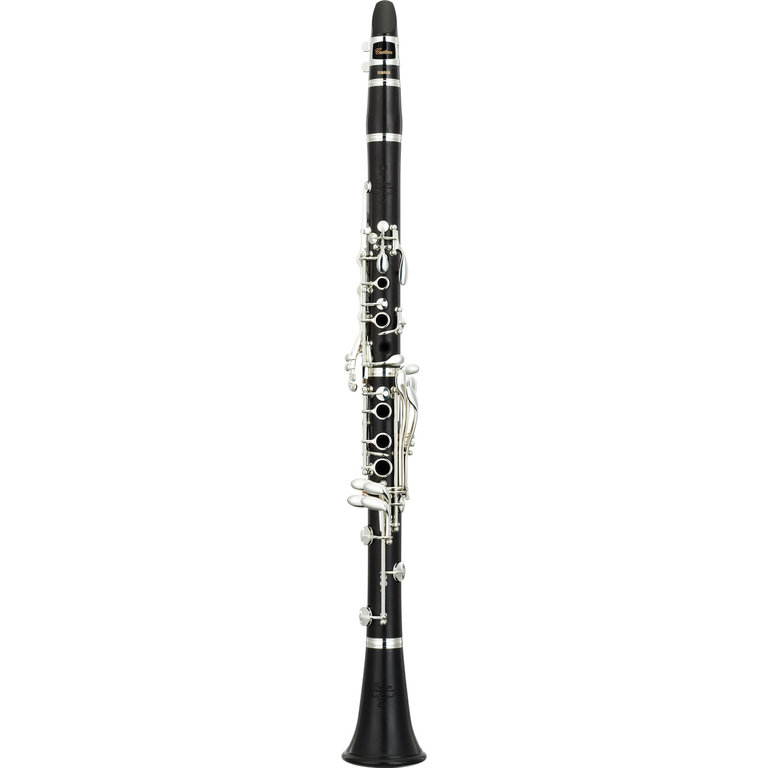

Login
Log in if you have an account
Register
By creating an account with our store, you will be able to move through the checkout process faster, store multiple addresses, view and track your orders in your account, and more.
Create an accountWhat is the concept behind the development of the new CSG?
We've always wanted to provide artists with instruments with total freedom of expression—just like paint brushes that respond to the painters' subtle touches and strokes, palettes filled with a wide range of colors, and a large selection of canvases of various sizes. In order to achieve this, you need the widest dynamic range; from whispering ppp to roaring fff. In other words, capacity is required to accept air velocity either as soft as a sigh, or strong enough to blow out a candle a meter away. The stronger the breath, the richer the harmonics would become, thus offering a diversity of tone colors and clearer projection. This allows the instrument to convey more detailed musical expression farther away from the stage. No matter how hard you play, if it does not reach the audience, nobody will be moved.
How does the New CSG compare to previous models?
While all CSG generations focused on maximum expression, we didn't quite have the know-how to deal with higher air velocity. Older models had a nice soft, mild tone, but when it came to extreme expression, there was a wall we needed to overcome.
Now, our extensive research revealed three key methods to successfully increase the instrument's dynamic range. These are secrets, though. We also incorporated the following three specs to address the clarinet's weak points, namely, pad materials (*1), the pierced tube construction for the C#/G# tonehole (*2), and improved low E, F intonation (*3).
Which artist did you collaborate with when developing the new CSG?
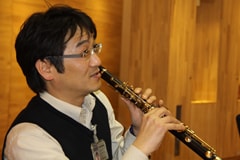
We have many advisory artists around the globe. In 1998, we created the first CSG prototype based on the CS (*4) that we designed nearly 30 years ago and started evaluations with artists mainly in Japan.
Later on, I was transferred to North America. During the two years' stay since 2001, I started making improvements based on feedback from local artists. We used our warehouse about the size of a 1,000-seat auditorium to compare the dynamic range of several prototypes and gradually finalized specifications while also putting them to tests in concerts. In 2003 we introduced the first generation CSG (*5).
Next, I moved to Europe where we conducted artist evaluations in a number of countries such as France, Switzerland, Italy, UK, Belgium, and Spain. Each country has their own tastes, but all of those that I talked to unanimously agreed that a wider dynamic range, or in other words greater freedom of expression, was important. I knew I was on the right track.
Were there any hard times during development?
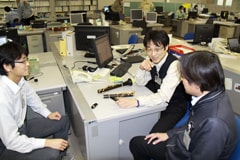
Though it seemed perfect when playing the instrument alone in a small room, it didn't necessarily translate into success in a large orchestra; there were disappointments not having any clue of what the problem was. We might have given up if we didn't have the generous cooperation and encouragement from artists around the world who were just as eager to find the solution. Now here we are, with the final product.
Just as we approached the final stages of development in 2008, I was really lucky that the ICE Inter-City Express opened between Paris and Frankfurt. I was able to catch the first morning train in Frankfurt and test the instrument in a concert hall in Paris, then return to my workshop the next day to make the necessary modifications. I made the trip many times. If it were not for the Deutsche Bahn and Mr. Jérôme Voisin of the Orchestre Philharmonique de Radio France, who contributed greatly in our final tests, this instrument would never have made it to production.
Anything else you would like to mention?
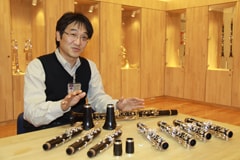
We never stop working on enhancing freedom of expression, but we have poured all of our knowledge into our latest YCL-CSGIII. We hope this instrument will help artists make deep expressions, share the musical experience with the audience and circulate the emotion back to the performer . This exactly represents our Yamaha slogan, "Creating Kando Together" which is at the heart of anybody who is involved.
Bell and Barrel
Slightly plump barrel and thick-walled bell produce a deep tone with rich resonance.
Improved key shape with Yamaha original silver-plating
Ergonomically-designed new key shape offers comfortable and natural key touch. Yamaha-original silver-plating is applied on them, allowing a focused and centered sound.
New Eb lever
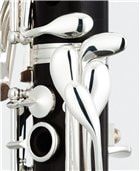
A newly shaped Eb lever is adopted as a standard, along which the entire mechanism is totally re-designed as well.
Pads made of cork and leather
Cork pads and leather pads are optimally placed to maximize on their tonal quality, touch and functionality.
New toneholes
New toneholes maximize superior tone quality, even intonation and a uniformed response throughout the full range of the instrument.
Low E/F correction key
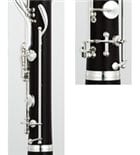
Yamaha original intonation correction mechanism inspired by the Oehler system (German style) clarinet is available to control low E and F note. This system assures natural finger control, excellent feel and playability.
| YCL-CSGlll | YCL-CSG-AIII | ||
|---|---|---|---|
| Key | Bb | A | |
| Fingering System | Boehm, 18 keys, 6 rings | Boehm, 18 keys, 6 rings | |
| Barrel Length | 54mm, 55mm | 54mm, 55mm | |
| Toneholes | Tapered tone holes with hand-tapered undercut | Tapered tone holes with hand-tapered undercut | |
| Thumb-rest | Adjustable | Adjustable | |
| Material | Body | Grenadilla | Grenadilla |
| Keys | Silver-plated nickel silver | Silver-plated nickel silver | |
| Mouthpiece | 5CM | 5CM | |
| Case | Included | Included | |
Add your review
Review Yamaha A Clarinet YCL-CSG-AIII
